Q&A with REBECCA MILLAR - Wealth Adviser at NZ Funds.
Lisa sat down with Rebecca to pick her (expert) brain on the ins-and-outs of Kiwisaver, why it’s important to consider your investment, and how you can ensure your funds are actively managed.
Not just left to roll with the market….
What is KiwiSaver?
KiwiSaver is a work-based savings initiative designed to help you prepare financially for your retirement. While you and your employer contribute to your savings, the Government also provides a number of benefits that make KiwiSaver a worthwhile investment for virtually every New Zealander. Choosing to save into a KiwiSaver scheme is an important financial decision. By participating in KiwiSaver, you can start to take charge of your financial future.
Who contributes to my KiwiSaver fund?
Government contributions - Members may be entitled to a government contribution (formerly called Member Tax Credits) of up to $521.43 pa. In order to qualify for the full amount, you need to be aged 18 or over and less than the Qualifying Age (currently 65), contribute approximately $20 per week (or a total of at least $1,042.86 per year) and meet certain other requirements.
If you contribute less than the full amount, you will receive a government contribution that is proportionate to your contribution (50 cents for every $1).
Employer contributions - In addition to your contributions, your employer is generally required to contribute a sum equal to 3% (less tax) of your pay directly into your KiwiSaver account. Some employers choose to contribute more.
Employee contributions - If you are employed, contributions will be deducted from your gross pay and invested in your KiwiSaver account. You can choose to contribute at a rate of 3%, 4%, 6%, 8% or 10% of your pay.
Voluntary contributions - You can choose to voluntarily contribute to your KiwiSaver at any stage. These payments can be made directly through your KiwiSaver provider or by using the “Pay tax” function offered online by most banks.
When can I use my KiwiSaver funds?
KiwiSaver was designed to help Kiwis fund retirement. In this regard, you are able to access all of your savings when you reach the Qualifying Age (currently 65). In specific situations, you may be eligible to access some or all of your KiwiSaver savings prior to retirement. For example, if you are buying a first home, moving overseas, have a serious illness or face significant financial hardship.
These withdrawals are processed by your KiwiSaver provider.
Do I get taxed or pay fees on my KiwiSaver?
KiwiSaver funds are Portfolio Investment Entities (PIEs). This means that you pay tax on your share of the PIE’s income at your Prescribed Investor Rate (PIR). The maximum PIR is 28%. You employer contributions are taxed before they are invested into your KiwiSaver account. You are not taxed when withdrawing your KiwiSaver.
You will need to choose your PIR and tell your KiwiSaver manager what it is. To choose your PIR go to https://www.ird.govt.nz/roles/portfolio-investment-entities/find-my-prescribed-investor-rate.
All KiwiSaver providers charge fees to manage your KiwiSaver investments. These charges differ based on the manager, their investment style (ie passive or active), and the type of fund (generally fees are higher for growth funds compared to conservative funds). All fees are disclosed in the Product Disclosure Statements for a KiwiSaver Scheme.
Some KiwiSaver providers charge an advice fee on KiwiSaver. Whether you are charged advice fees is an important question to ask your Financial Adviser.
Why should I consider taking action on my KiwiSaver fund?
Albert Einstein once said “Compound interest is the eighth wonder of the world. He who understands it, earns it; he who doesn’t, pays it”.
The earlier you can start contributing to a savings scheme the more you will benefit from compounding interest. As an example, if you were to invest $500 each month (or $6,000 per year) for 40 years, and receive a return of 5% every year, you would end up with over $720,000. That is three times the amount of money you actually invested.
Taking action with your KiwiSaver doesn’t just mean contributing. The most important factor in determining the growth of your KiwiSaver balance is the way your money is invested. When you’re young and have a long way to go until retirement, it’s important to have your money invested primarily in growth assets, like shares.
While growth assets will go up and down more in the short term than cash or bonds, over the long-term they have more potential for growth as returns compound and build on each other. This can lead to a substantially higher balance when you retire than if you invest primarily in conservative investments.
As you approach your retirement, it’s important to lock in some of these returns by moving them into less volatile investments. This means you can start planning, with more certainty, how to turn your investments into retirement income.
What is the difference between a passive and an actively managed KiwiSaver fund?
A passive investment fund generally invests in one or more of the major indices like the S&P 500 or NZX50. Whenever these indices switch up their constituents or weightings, the index funds that follow them automatically adjust their positions.
Active investing, as its name implies, takes a hands-on approach. The goal of active management is to beat the stock market’s average returns and take advantage of short-term price fluctuations. It involves a much deeper analysis and the expertise to know when to pivot into or out of a particular stock, bond, or any asset.
Can you explain how my KiwiSaver is invested?
KiwiSaver schemes are collective investment vehicles.
If you invest in a collective investment vehicle, your money is pooled with other investors’ money and spread across different kinds of investments. A fund manager chooses the investments, and each investor owns a portion of the total fund.
Typical types of investments include; cash and cash equivalents; New Zealand fixed interest; international fixed interest; Australasian equities; international equities and listed property.
